
As a beginner stamper, you may well think that if you have a
stamp and an inkpad then you have pretty much everything you need for
stamping.
But that’s a bit like
saying that all you need for scrapbooking is a photo and a piece of card – and
we all know that is not the case at all!
There are a few other things you might want to invest
in. You don’t have to buy them all
at once – start with the basics, play with those, and work your way up from
there.
The first thing you will probably be thinking about is how
to clean that lovely stamp of yours.
You can buy proper stamp cleaners, and if you are the fussy type – the
sort who wants their stamp to stay lovely and clean and not get ink-stained –
then you will probably want to buy one of these.
If your stamp is particularly detailed, you may also want a
stamp scrubber to help you get into all the nooks and crannies. However, if you’re not as fussy, then a
babywipe will do the job nicely – just make sure it does not contain alcohol as
this can spoil some stamps. For
some, just stamping the ink off onto scrap paper, until it makes no marks, is
enough. It’s up to you – I prefer
the babywipe method, it’s quick and easy.
If you have bought clear or cling stamps, you may be
wondering about the best way to use them.
Unlike wood-mounted stamps, clear or cling ones need temporarily
adhering to something solid. Some
people swear by cheap and cheerful items such as CD or DVD cases, but I have
never had much success with these – they are simply not strong enough to ensure
you get a good impression every time.
Invest in an acrylic block, or better still, a set of blocks in different
sizes. Some have gridlines on them
which can help you when trying to line up your image.
Sometimes you need your stamp to be in exactly the right
place, especially if you are being brave and stamping straight onto a
layout. In which case, you may
find a stamp positioner useful.
These are easy to use and inexpensive – in fact, the number of errors
they save could well mean that they end up paying for themselves pretty
quickly.
Many stamps require some colouring in. We’ll cover this in more depth in
future articles, but if you’re feeling impatient then you might want to invest
in some watercolour pencils, or maybe some markers such as Copic markers. The pencils give a lovely soft effect,
and can be used with or without water.
The markers are far better than normal felt-tip pens (you get an even
coverage, rather than the uneven, streaky lines you can get with felt-tips). There is also a huge choice of
colours. They’re more expensive
than normal pens, but definitely worth it. Try buying a basic set to start with, and add to it as and
when you need to.
Heat guns are very useful. You probably won’t want one to start with, but once you
start playing with different inks, you will find that some dry much quicker
with a bit of heat. And if you
want to do some heat embossing, you’ll definitely need a heat gun.
Finally, make sure you get the right sort of paper or card. You may need to experiment a bit, and
the cheapest card from the local stationers is likely to disappoint. By all means, use that for practising,
but for the finished product use a higher quality, smooth card. Bazzill Simply Smooth is specially designed
for stamping on, and comes in lots of delicious colours. For the ultimate finish, try
Inkessentials Surfaces Speciality Stamping Paper. This has only been available for a few months, and has
quickly found favour with a lot of professional stampers.
- - - - - - - - - - - - - - - - - -
HINTS!!! {hot tips}
- - - - - - - - - - - - - - - - - -
Invest
in the best products you can – when it comes to stamping products you really do
get what you pay for. Cheap inks,
markers and stamps don’t last long – the best ones can last for years.



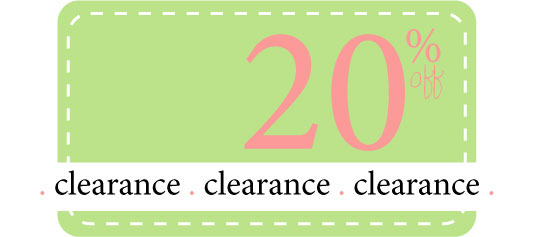
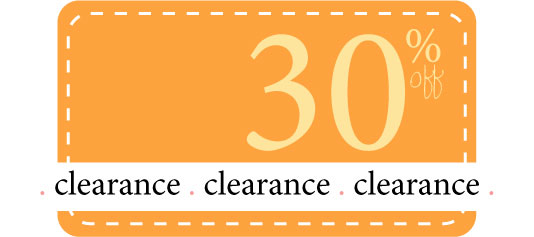
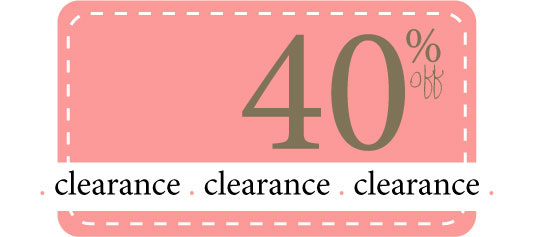
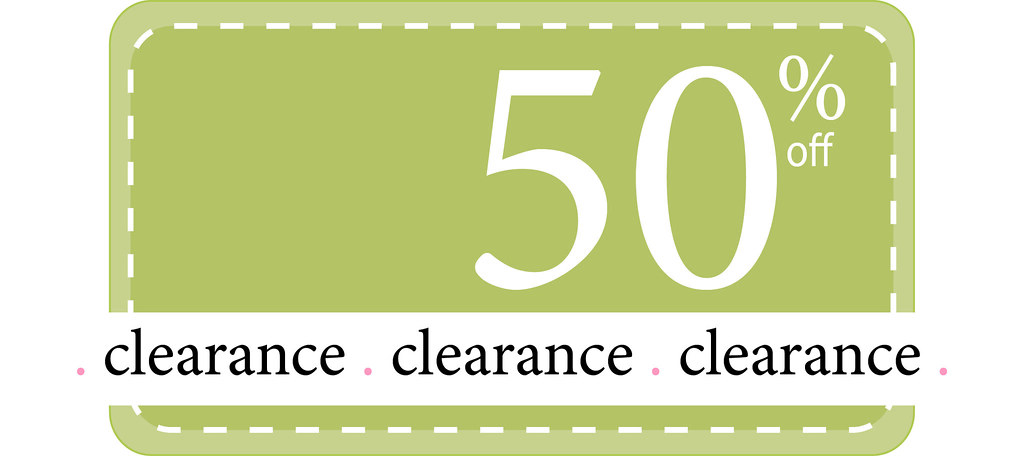
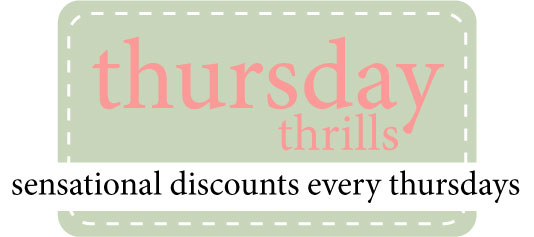
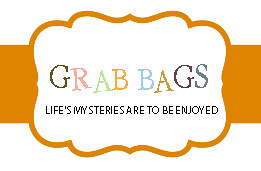
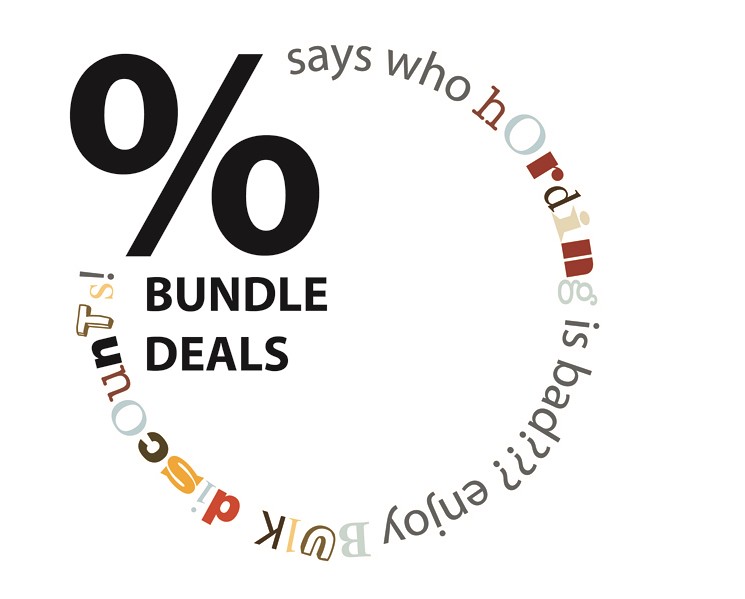














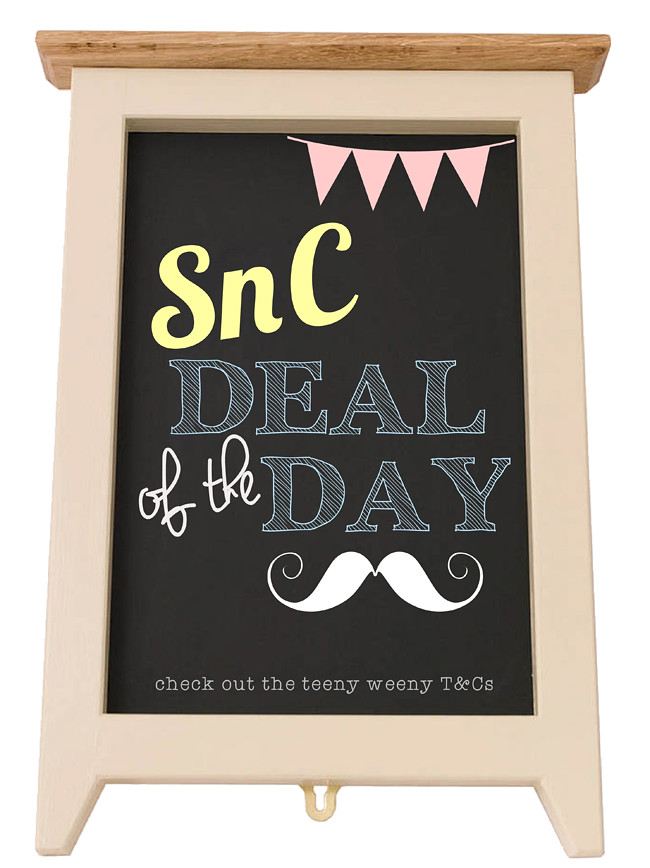
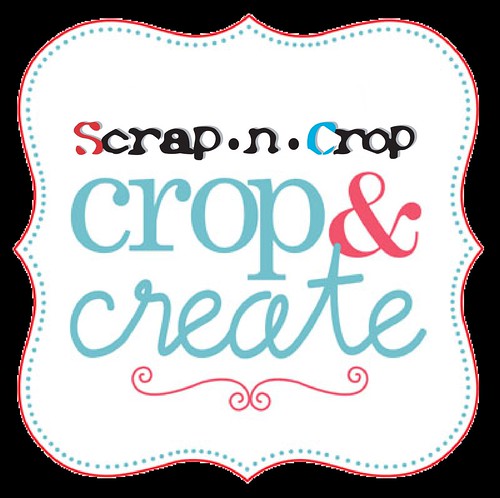
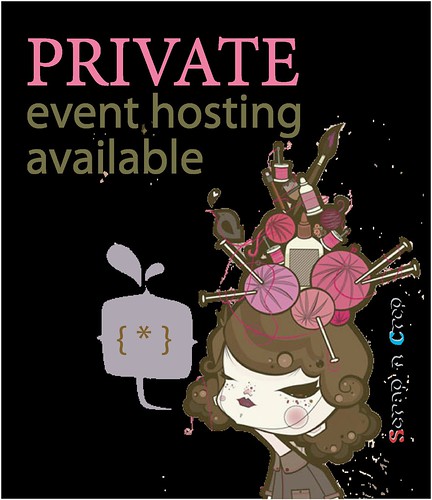







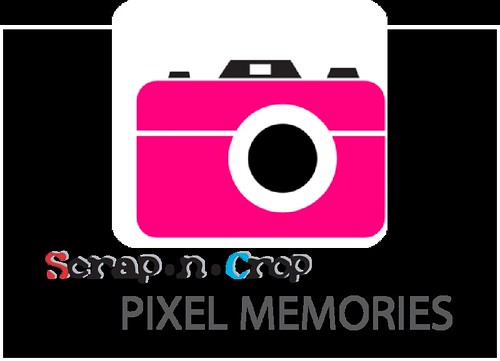
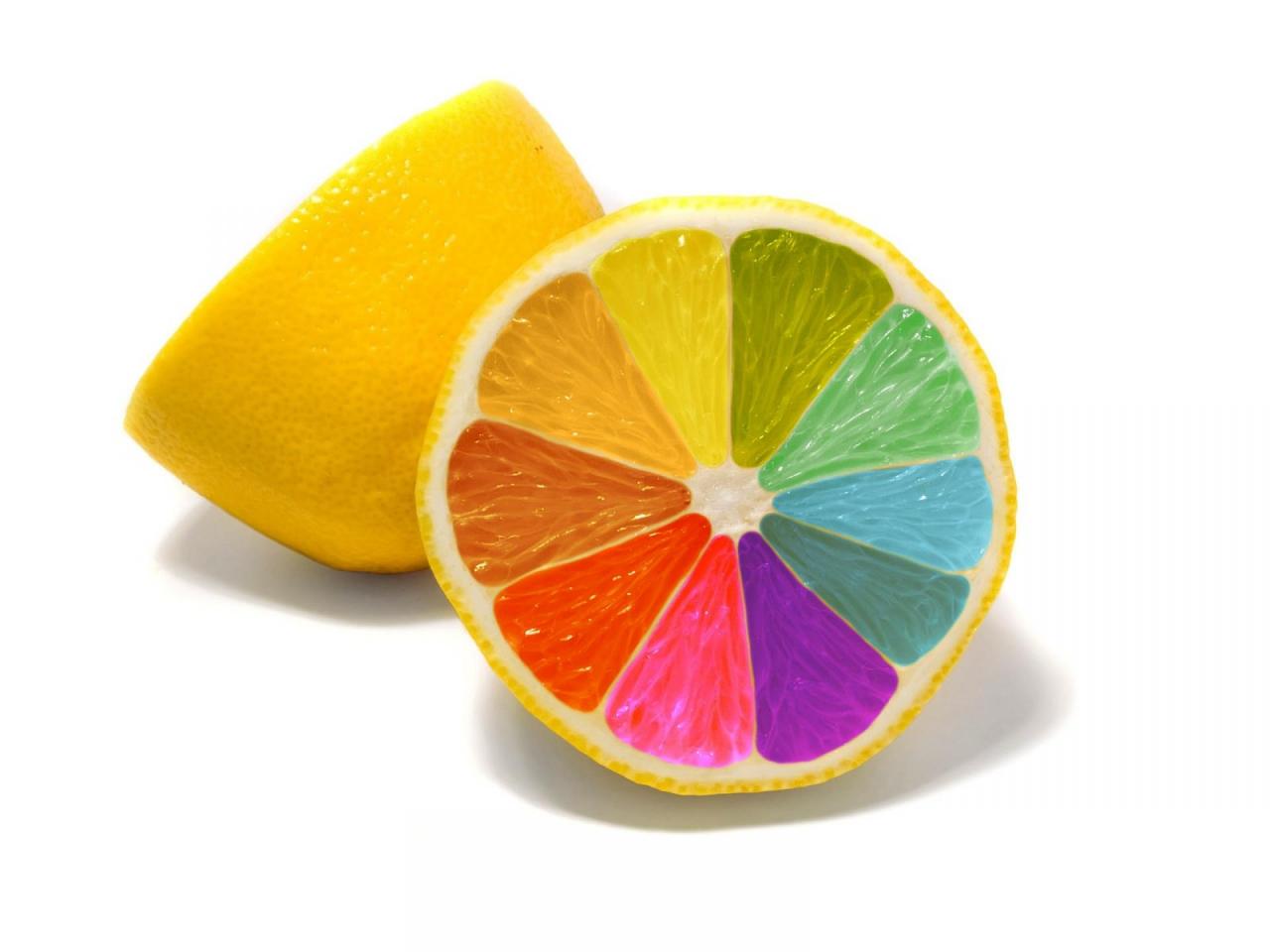

No comments:
Post a Comment